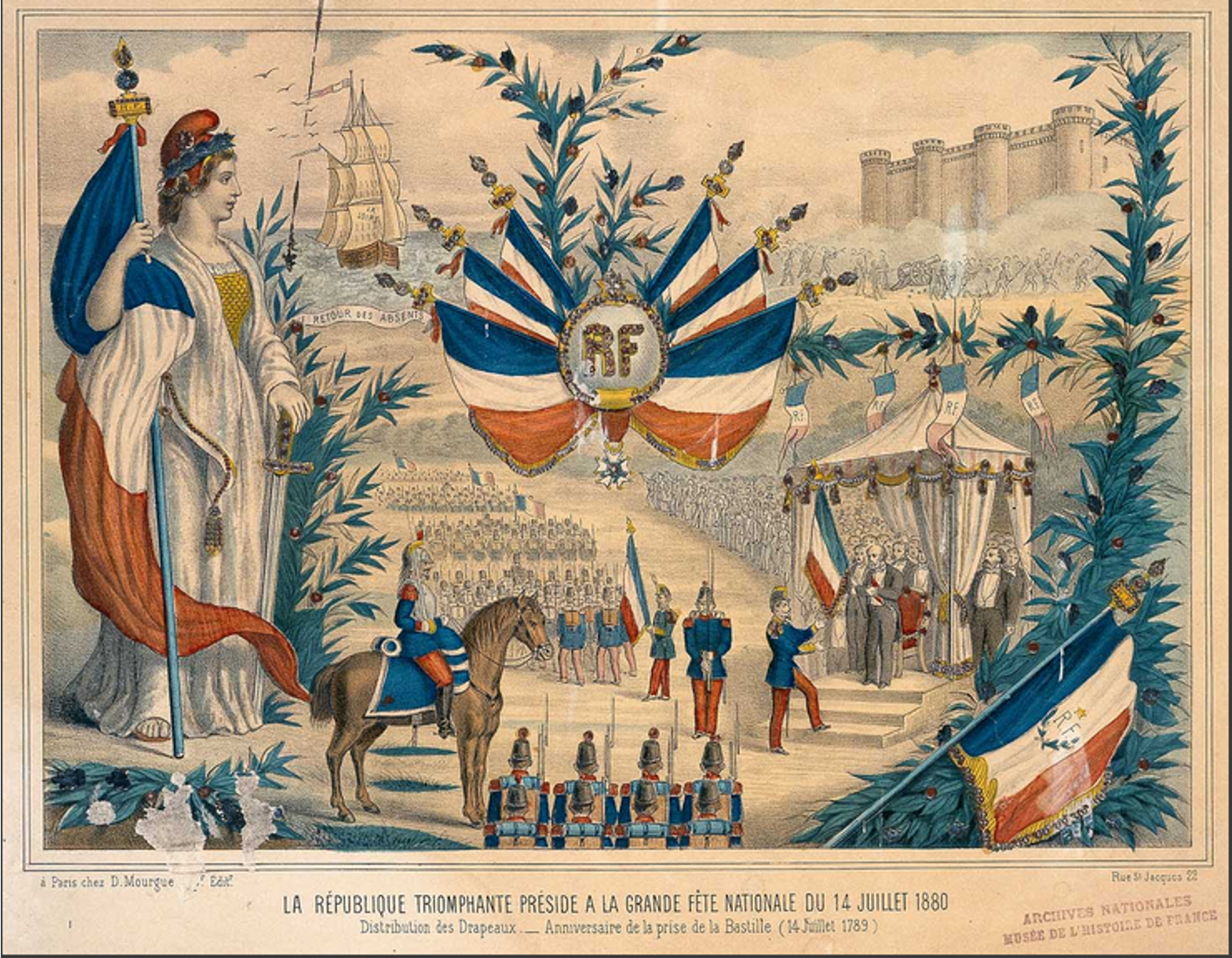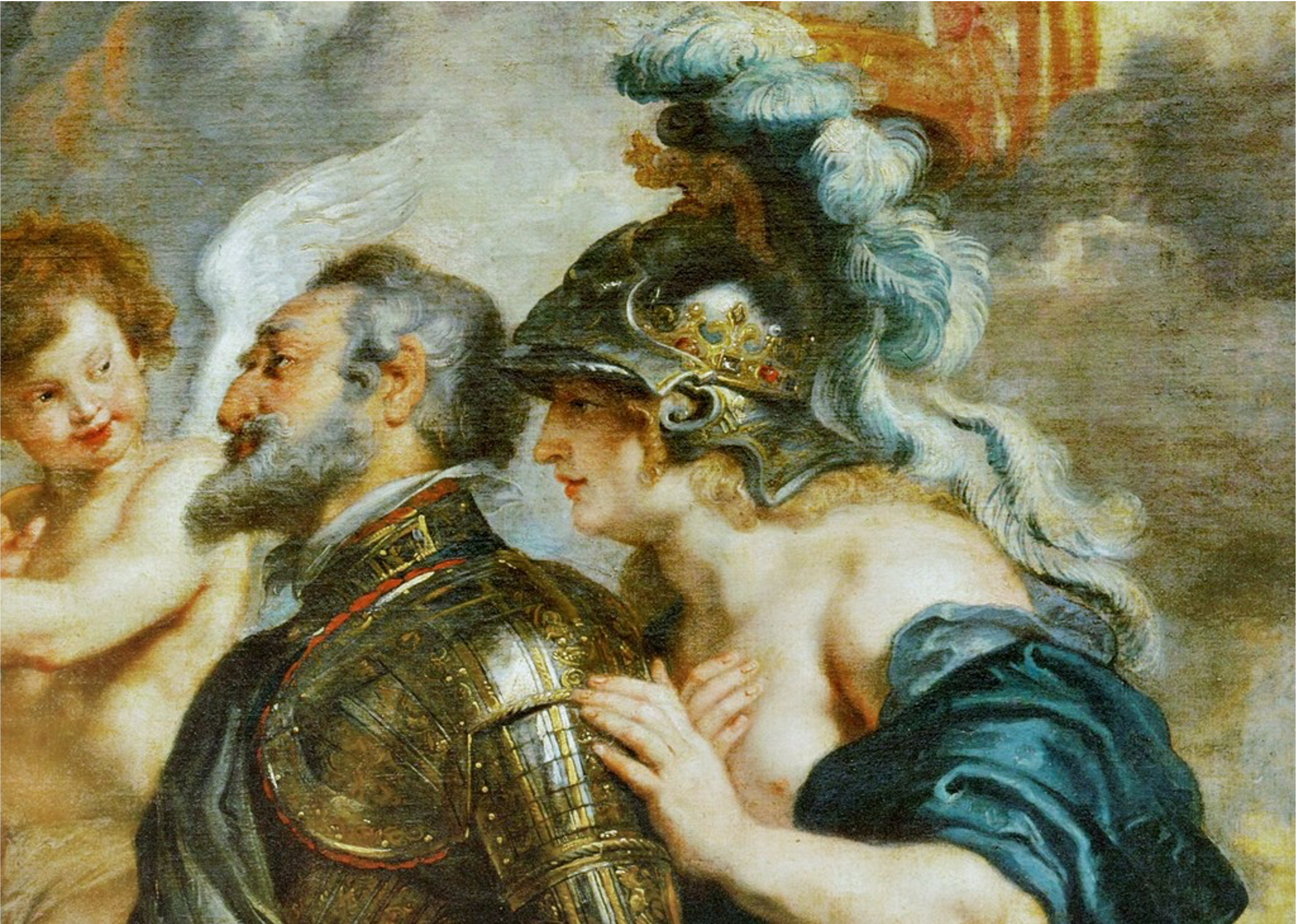
La République triomphante préside à la grande fête nationale du 14 juillet 1880
14 juillet 1880
© Centre historique des Archives nationales – Atelier de photographie

Peter Paul Rubens
Henri IV receives the portrait of his bride Maria de’Medici
1621-1625
oil on canvas
394 x 295 cm
Musée du Louvre